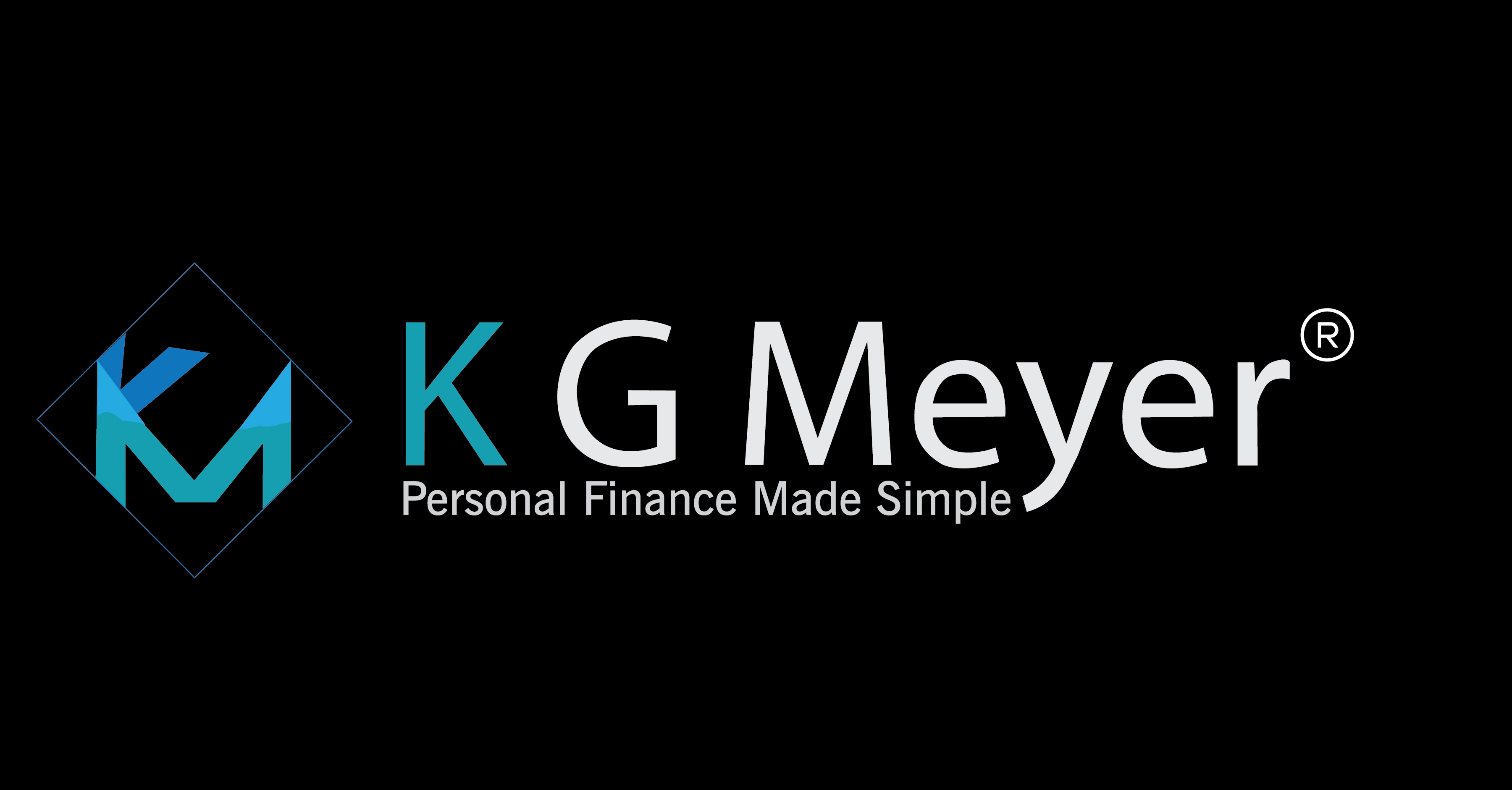How much of a difference can $5,000 make? Over time, especially decades, that can mean some serious money to a retirement account. In 2019 the IRS increased the limits on the annual contributions that can be made to IRA accounts and workplace sponsored 401(k) accounts. And these extra amounts can lead to tens of thousands in extra savings for you over decades. For more information feel free to seek the advice of a financial planner.
For those of you without a workplace, 401(k) plan to participate in it is essential that you contribute to an IRA account. Now, these accounts come in two types, a Traditional and a ROTH account. In both instances, these accounts have income limitations imposed on them so check with a financial advisor or tax professional before you make your contributions.
IRA’s
Let us say you are eligible to contribute to a Traditional IRA in the full amount of $6,000 and $7,000 for those age 50 and older. By contributing to a Traditional IRA, you will decrease your taxable income by the amount you contribute provided you meet the income guidelines. These IRA’s are mainly geared towards lower income earners when compared to their counterpart the ROTH account. The key is to say the maximum you can for as many years as you can to get the full effect of compounding of your earnings on your contributions. Then when you reach age 59 ½, you are allowed to withdraw your money, and you will pay ordinary income taxes on the amount you withdraw. And with a Traditional IRA, you must make withdrawals starting the year in which you turn 70 ½.
ROTH IRA’s have higher earning limits for those who want to contribute to these retirement vehicles, but the contribution limits remain the same as a Traditional IRA. But unlike a Traditional IRA, the ROTH is taxed now, and there are no tax benefits on your current income taxes. But when you turn 59 ½ all of your withdrawals will be tax-free on both the contributions and all of the earnings that they have generated over the hopeful decades that they have been invested. And unlike the Traditional IRA, there is no mandated age that you must start making withdrawals from the account making this an excellent tool for estate planning and a way to pass on your wealth to your heirs.
401(k)’s
Now many people have the option to participate in a workplace defined contribution plan such as the popular 401(k) plan. In these plans, you are limited to $19,000 in contributions in 2019, and if you are over the age of 50, you are allowed an additional $6,000 in what you can contribute to the plan. Unlike the IRA’s these plans allow you to save some serious amounts towards your retirement. And over decades these amounts can grow to some substantial savings. And like the IRA there are two types of 401(K)’s offered, the Traditional and now many companies also offer a ROTH variety.
One thing to mention on 401(k) plans is that many employers will match a portion of your contributions that you make to the plan, and in many instances, it is up to as much as the first 5% you contribute. Now no matter what your situation is I highly recommend that no matter what you do you at least contribute up to the point where the match stops. That is a 100% return on your money, which also happens to be free to you. And if your company matches your contributions at 5%, you are automatically saving 10% of your salary which is ideal for retirement purposes as this can compound over a four-decade period.
Here we will start with the ROTH 401(k) that unlike the IRA does not have any income restrictions placed upon it and who is eligible to contribute. If your employer offers a ROTH 401(k), you are eligible to participate. Now the funds you contribute are taxed now at your current tax rate so it may or may not make sense to use a ROTH 401(k) depending on how high of a tax bracket you are in at present. ROTH 401(k) plans are ideal for younger workers as they are earning less which means they are paying a lower amount of taxes on their contributions. For those in higher tax brackets, it may not make sense to contribute to a ROTH 401(k) as your tax bracket may or should be lower in retirement and the tax benefit now could outweigh the future tax-free status. Also, any matching contributions on a ROTH 401(k) will be placed in a Traditional 401(k) as no taxes have been paid on the matching funds.
But most people who save in 401(k) utilize the Traditional 401(k) which works similar to the Traditional IRA in that the amount you contribute will reduce your taxable income in the year you contribute. I highly recommend this 401(k) for people who are in higher tax brackets as the savings now should outweigh the tax-free status in retirement. Your withdrawals will be taxed as ordinary income in retirement.
In both of these 401(k)’s you must start making withdrawals at age 70 ½ unless you are still working for the company that has your 401(k). Meaning you would be required to make withdrawals from any other 401(k) accounts that you may have not with your current employer.
Please do not take this advice as any form of financial planning as each person’s situation is unique to them. If you need assistance on what type of retirement account, you may seek out a financial advisor or tax professional for guidance. Also, if you have any questions or comments feel free to leave a message here or contact me directly. And for my free PDF on financial planning sign up for my email newsletter on the form below.



